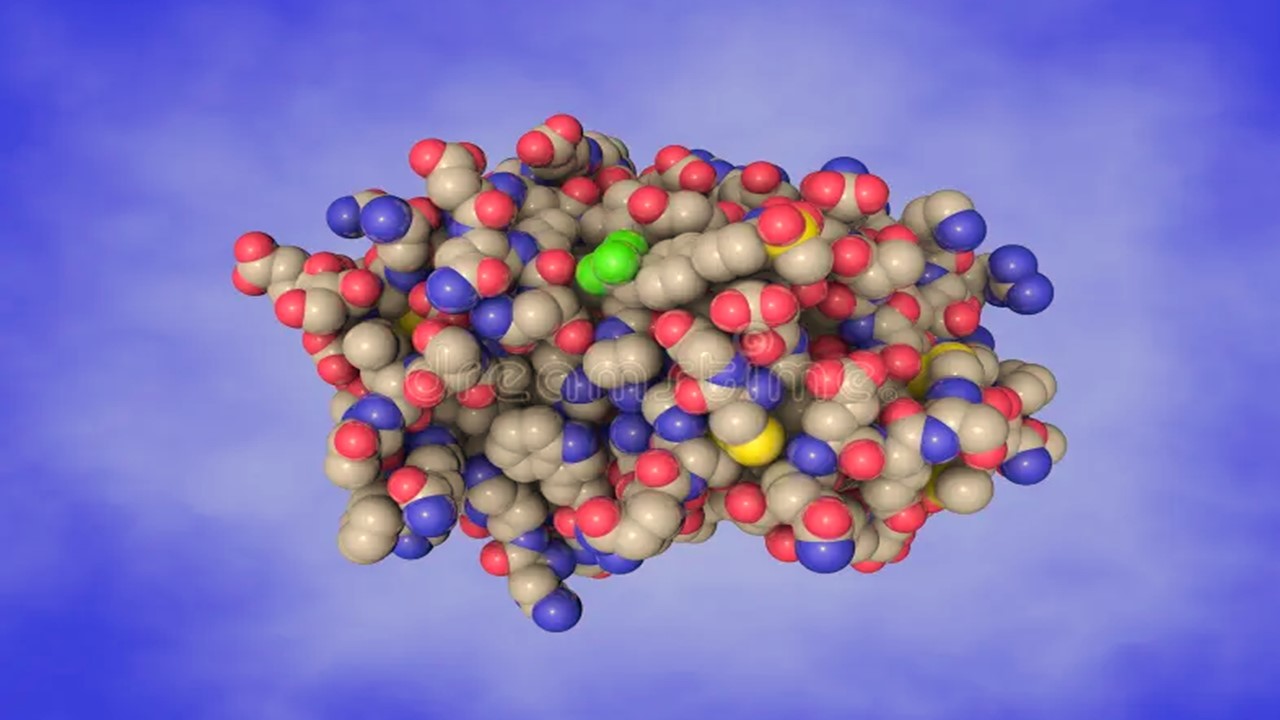The role of circulating tumor DNA (ctDNA) is already well established across multiple types of cancer – and its potential for the detection of tumors, as well as its role as a biomarker in studying treatment responses and tumor profiling, is growing. A related, more innovative approach is the use of micro RNA (miRNA) as a biomarker for the detection and characterization of tumors. The field of study surrounding miRNA is quite at an early stage, and is faced with multitudes of challenges that need to be addressed as the industry approaches the realization of its use in oncology.
The Nature of miRNA
miRNA molecules play an important role in normal physiological function – they are non-coding RNA molecules which are involved in gene silencing or the regulation of post-transcriptional gene expression. They carry out these functions by binding to messenger RNA (mRNA) molecules which normally code for proteins. Recent studies have also elucidated other interactions miRNAs can facilitate – such as binding to Toll-Like Receptors (TLRs) to promote inflammatory responses, which may promote cancer development. They can also facilitate the activation of natural killer cells through interactions with TLRs, which can promote tumor suppression.
Unlike short interfering RNA (siRNA), which is also involved in RNA interference functionalities, miRNAs are derived from RNA molecules that form the classic hairpin structure instead of longer, double stranded RNA transcripts. Much like ctDNA, miRNA may also be found extracellularly – though this is part of its natural function. This is critical – as it is what makes them available as circulating biomarkers to be used in novel diagnostics for a variety of diseases. The function of miRNAs undoubtedly places them in a position of relevance to tumor regulation – genetic dysregulation is a long recognized hallmark of cancer.
The first discovery of miRNA’s direct involvement in tumor progression was in chronic lymphocytic leukemia. Researchers discovered, as early as 2002, that deletion and downregulation of genes coding for specific miRNA molecules on chromosome 13q14 were associated with progression of the disease. Later research provided mechanistic reasons for this cause – identifying the 13q14 miRNAs as a tumor suppression locus. It is now known that miRNAs can act as either oncogenes – which promote tumor growth, or tumor suppressors. This understanding gave rise to the term oncomirs.
Oncomirs – Links to Cancer
Subsequent to the findings linking them to chronic lymphocytic leukemia, further investigation elucidated multiple links to a variety of other cancers. These included other blood malignancies, such as lymphoma but also various solid tumors, such as melanoma, ovarian, breast cancer. There are three key stages through which miRNAs may be involved in tumor progression: the disruption of transcriptional control mechanisms, dysregulation of epigenetic modifications, or defects in the cellular machinery which is involved in generating miRNA – such as the Drosha, DICER, Argonaute and other proteins.
Dysregulation of the proper physiological function at any of these three stages has been linked to all milestones of tumor development: the evasion of growth suppression, resistance to cell death, replicative immortality, as well as the development of metastases and angiogenesis. miRNA involvement in cellular metabolism has also been described as a key factor in tumorigenesis – such as in lung cancer.
Examples of miRNA as a Biomarker
Given their deep correlations with tumor development, and their fundamental role in cellular regulatory processes, miRNAs have vast potential to serve as biomarkers for the detection and description of tumors. miRNA has been found to circulate in bodily fluids – either in a free form, bound to other proteins or lipids, or contained within exosomes. This places miRNA as a possible candidate for non-invasive biopsies, much like ctDNA. The key challenge remains the detection of tumor-related miRNA: the amount in circulation is expected to be small, and noise can be generated by the presence of unrelated miRNA.
Studies have shown that miRNA can circulate in stable form in human plasma, where it can remain undegraded by RNAase enzymes. The study in question was able to use miRNA as an early detector for prostate cancer in mice. Prostate cancer remains an area where early detection can serve to save and extend lives dramatically. Yet the only forms of diagnosis entail Prostate-Specific Antigen and Digital Rectal Examination. The former entails high false positives – while the latter is not as efficacious for the earliest stages. Detecting cell-free miRNA with tumor-specific signatures could provide earlier diagnoses – however, the concentration of miRNA in circulation remains extremely low. Research has shown that ultrasound sonoporation can amplify the release of miRNA and facilitate the detection of prostate cancer.
Other research has established the second largest miRNA cluster, MIR-379/656 as a potential breast cancer biomarker. Decreased expression of the cluster was associated with larger tumors and poorer prognoses and overall survival. The findings were similar to earlier investigations of the cluster in glioblastoma – indicating the systemic importance of miRNA. Such research has only been made possible through next-generation sequencing advancements and innovations such as miRTarBase which aim to categorize the full extent of interactions of known miRNAs. Technological advancements and collaboration in this regard will be pivotal in advancing the progress of the oncomir field.
Future Outlooks
The role of miRNAs in regulating drug and treatment resistance will also be of extreme importance in the future of oncology – particularly as we move to an era of increased precision oncology, where treatments are tailored to specific biomarkers. For example, miRNAs have been shown to contribute to drug resistance in colorectal cancer. Advancements in machine learning (ML), as well as deep learning, have also improved our understanding of miRNAs by enabling better predictions of the targets of any sequenced miRNA molecules – and the possible interactions that may entail.
It is also important to note that miRNAs do not merely originate from within the body – but are also found in food or other substances that are ingested. Controversy has been generated around the subject of these xenomiRs – as it is possible they are transferred to the consumer’s organism and remain biologically active. Though they have not been causatively implicated in disease progression as of yet, they posit another avenue for future investigation. The role of miRNA in oncology merits much further exploration – and holds potential to revolutionize the way we approach cancer and its treatment.
Subscribe
to get our
LATEST NEWS
Related Posts

Immunology & Oncology
Forging a Hopeful Outlook on Cancer Drug Development
The core of oncotherapy is still about reducing human suffering and facing the many challenges of this disease together.

Immunology & Oncology
Patterns, Profiles, and Patient Outcomes: AI in Oncotherapeutics
AI presents a beacon of hope in revolutionizing cancer management across various stages.
Read More Articles
Synthetic Chemistry’s Potential in Deciphering Antimicrobial Peptides
The saga of antimicrobial peptides unfolds as a testament to scientific ingenuity and therapeutic resilience.












